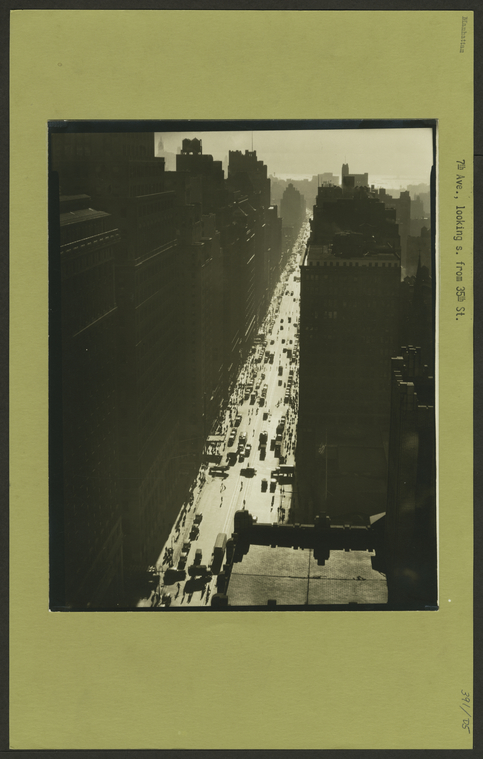NYC Neighborhoods
Designing the City of New York: The Commissioners’ Plan of 1811
New York City’s wealth of good design is well known. Its streets are home to a plethora of artisans, graphic designers, fashion designers, architects, etc. who spend their days focused on creating objects, spaces, or experiences that are new, innovative and unique. These designers are often given a blank canvas of raw material—“what is”—onto which they must describe a vision—“what can be.”
![[The Bridges map.],This map of the city of New York and island of Manhattan.... / Wm. Bridges, city surveyor ; engraved by P. Maverick ; entered . . .Novr. 16th, 1811., Digital ID 54929, New York Public Library [The Bridges map.],This map of the city of New York and island of Manhattan.... / Wm. Bridges, city surveyor ; engraved by P. Maverick ; entered . . .Novr. 16th, 1811., Digital ID 54929, New York Public Library](https://images.nypl.org/?id=54929&t=w)
Now imagine an urban designer given the monumental task of designing a plan for the orderly growth of a young metropolis. Home to one of the most diverse and industrious populations every assembled, with thousands of newcomers arriving each year. To complicate matters even further, image that the “blank canvas” onto which s/he must channel the city’s explosive growth is a hilly wooded island 13.4 miles long, ranging from 0.8 to 2.3 miles wide populated with dozens of independent farms, villages, and homesteads lacking any cohesion or unity.
![[Map of the city of New York and island of Manhattan as laid out by the commissioners appointed by the Legislature, April 3, 1807] , Digital ID 1258742, New York Public Library [Map of the city of New York and island of Manhattan as laid out by the commissioners appointed by the Legislature, April 3, 1807] , Digital ID 1258742, New York Public Library](https://images.nypl.org/?id=1258742&t=w)
In a nutshell, that was the task New York City’s Common Council (the City Council of its time) gave to statesman Gouverneur Morris, surveyor John Rutherfurd, and New York State Surveyor General Simeon De Witt in the spring of 1807. These three men were appointed “Commissioners of Streets and Roads” and would spend the next 4 years developing a plan that would meet the Common Council’s stated goal of “laying out Streets... in such a manner as to unite regularity and order with the public convenience and benefit and in particular to promote the health of the City..."

However, like most designs the Commissioners' plan was not executed precisely as created. A fact that can be appreciated each time you visit Central Park or venture along Broadway. To see which aspects made the cut and which were thankfully ignored visit my Designing the City of New York: The Commissioners’ Plan of 1811 map blog in which I overlay some of the plan’s proposed plazas and avenues onto a contemporary map of NYC. You can also use the map blog to tour 19th century Manhattan and see the location of places of worship, municipal buildings, schools, etc. that are depicted in the index of Bridges’ maps.
View Designing the City of New York: The Commissioners' Plan of 1811 in a larger map
Read E-Books with SimplyE
 With your library card, it's easier than ever to choose from more than 300,000 e-books on SimplyE, The New York Public Library's free e-reader app. Gain access to digital resources for all ages, including e-books, audiobooks, databases, and more.
With your library card, it's easier than ever to choose from more than 300,000 e-books on SimplyE, The New York Public Library's free e-reader app. Gain access to digital resources for all ages, including e-books, audiobooks, databases, and more.
If you don’t have an NYPL library card, New York State residents can apply for a digital card online or through SimplyE (available on the App Store or Google Play).
Need more help? Read our guide to using SimplyE.